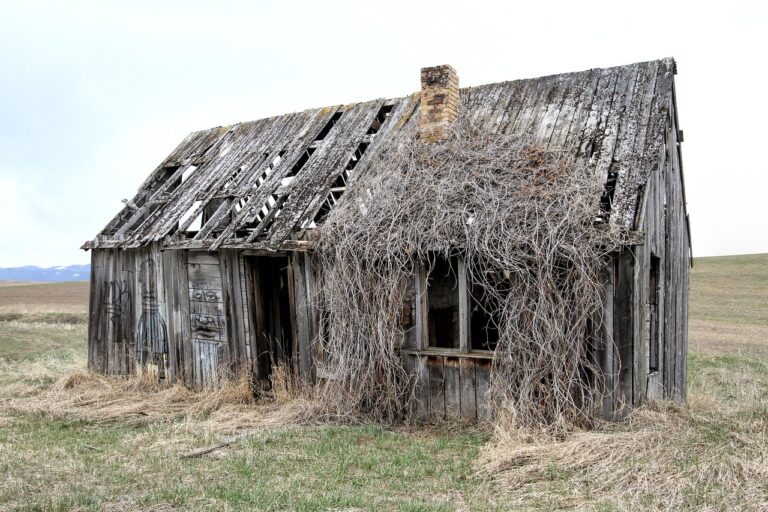The Impact of Attic Conversions on Historic Preservation Efforts
laser book 247.com, silver exchange login password, 11xplay pro login:The Impact of Attic Conversions on Historic Preservation Efforts
Have you ever considered converting your attic into a usable space? Attic conversions have become increasingly popular in recent years as homeowners look to maximize their living space. While attic conversions can offer many benefits, they can also have an impact on historic preservation efforts.
Historic preservation is the practice of protecting and preserving buildings, objects, landscapes, and other artifacts with historical significance. It plays a crucial role in maintaining our cultural heritage and ensuring that future generations can appreciate and learn from the past. Attic conversions can sometimes conflict with historic preservation efforts, especially in older or historically significant buildings.
In this article, we will explore the impact of attic conversions on historic preservation efforts. We will discuss the potential benefits and drawbacks of attic conversions, as well as offer tips for homeowners looking to convert their attics while still respecting historical preservation guidelines.
The Benefits of Attic Conversions
Attic conversions can offer a wide range of benefits for homeowners. By converting your attic into a usable space, you can increase the square footage of your home without the need for costly additions or renovations. Attics are often wasted space that can be transformed into bedrooms, home offices, playrooms, or even rental units.
In addition to increasing your living space, attic conversions can also add value to your home. Renovating your attic can make your home more attractive to potential buyers, as it provides additional living space that can be customized to meet their needs. Attic conversions can also help you make better use of your existing space, allowing you to declutter and organize your home more effectively.
The Drawbacks of Attic Conversions
While attic conversions can offer many benefits, they can also have drawbacks, especially when it comes to historic preservation efforts. Converting an attic in a historically significant building can alter its original design and character, potentially diminishing its cultural and historical value.
Attic conversions can also pose challenges in terms of building codes and zoning regulations. Historic buildings are often subject to strict preservation guidelines that restrict alterations to their original structure. Converting an attic in a historic building may require special permits and approvals, as well as adherence to specific preservation guidelines to ensure that the building’s historical integrity is preserved.
Tips for Attic Conversions in Historic Buildings
If you are considering converting your attic in a historic building, there are several things to keep in mind to ensure that your project aligns with historic preservation efforts. Here are a few tips to help you navigate the process:
1. Research the history of your building: Before starting your attic conversion project, research the history of your building to understand its historical significance and any preservation guidelines that may apply.
2. Consult with preservation experts: Seek guidance from preservation experts, such as architects, historians, or preservation organizations, to ensure that your attic conversion project respects historic preservation guidelines.
3. Consider reversible alterations: When renovating your attic, consider using reversible alterations that can be easily removed or undone in the future to preserve the building’s historical integrity.
4. Use period-appropriate materials and design: Choose materials and design elements that are consistent with the period and style of your historic building to maintain its historical character.
5. Obtain necessary permits and approvals: Make sure to obtain any required permits and approvals for your attic conversion project, and work closely with local preservation authorities to ensure compliance with preservation guidelines.
6. Document the process: Keep detailed records of your attic conversion project, including photographs, drawings, and documentation of any alterations made to the building to create a historical record of the changes.
By following these tips and working closely with preservation experts, you can ensure that your attic conversion project in a historic building aligns with historic preservation efforts and respects the building’s cultural and historical significance.
FAQs
Q: Can I convert my attic in a historic building?
A: Yes, you can convert your attic in a historic building, but you will need to obtain the necessary permits and approvals and adhere to preservation guidelines to ensure that your project aligns with historic preservation efforts.
Q: How can I maintain the historical integrity of my building during an attic conversion?
A: To maintain the historical integrity of your building during an attic conversion, use reversible alterations, period-appropriate materials and design, and consult with preservation experts to ensure that your project respects preservation guidelines.
Q: Will an attic conversion add value to my home?
A: Yes, an attic conversion can add value to your home by increasing its square footage and making it more attractive to potential buyers. However, it is essential to consider the impact on historic preservation efforts when converting an attic in a historic building.
In conclusion, attic conversions can offer many benefits for homeowners but can also have an impact on historic preservation efforts, especially in historic buildings. By following preservation guidelines, consulting with preservation experts, and using period-appropriate materials and design, homeowners can ensure that their attic conversion projects align with historic preservation efforts and respect the cultural and historical significance of their buildings.







